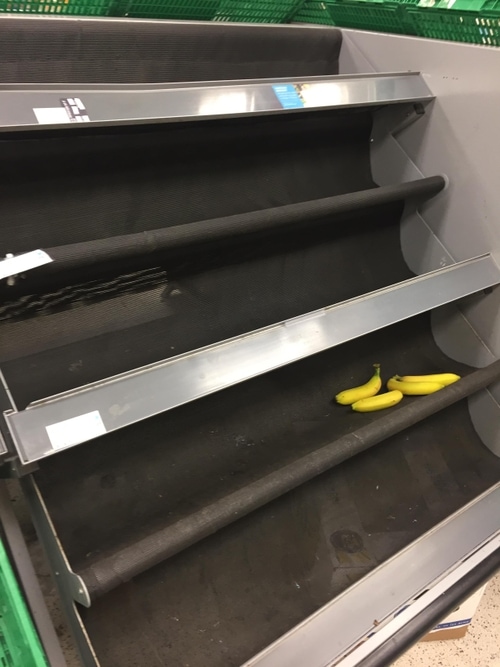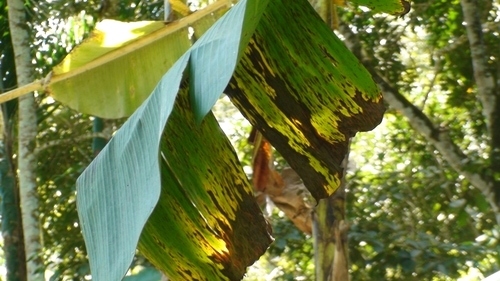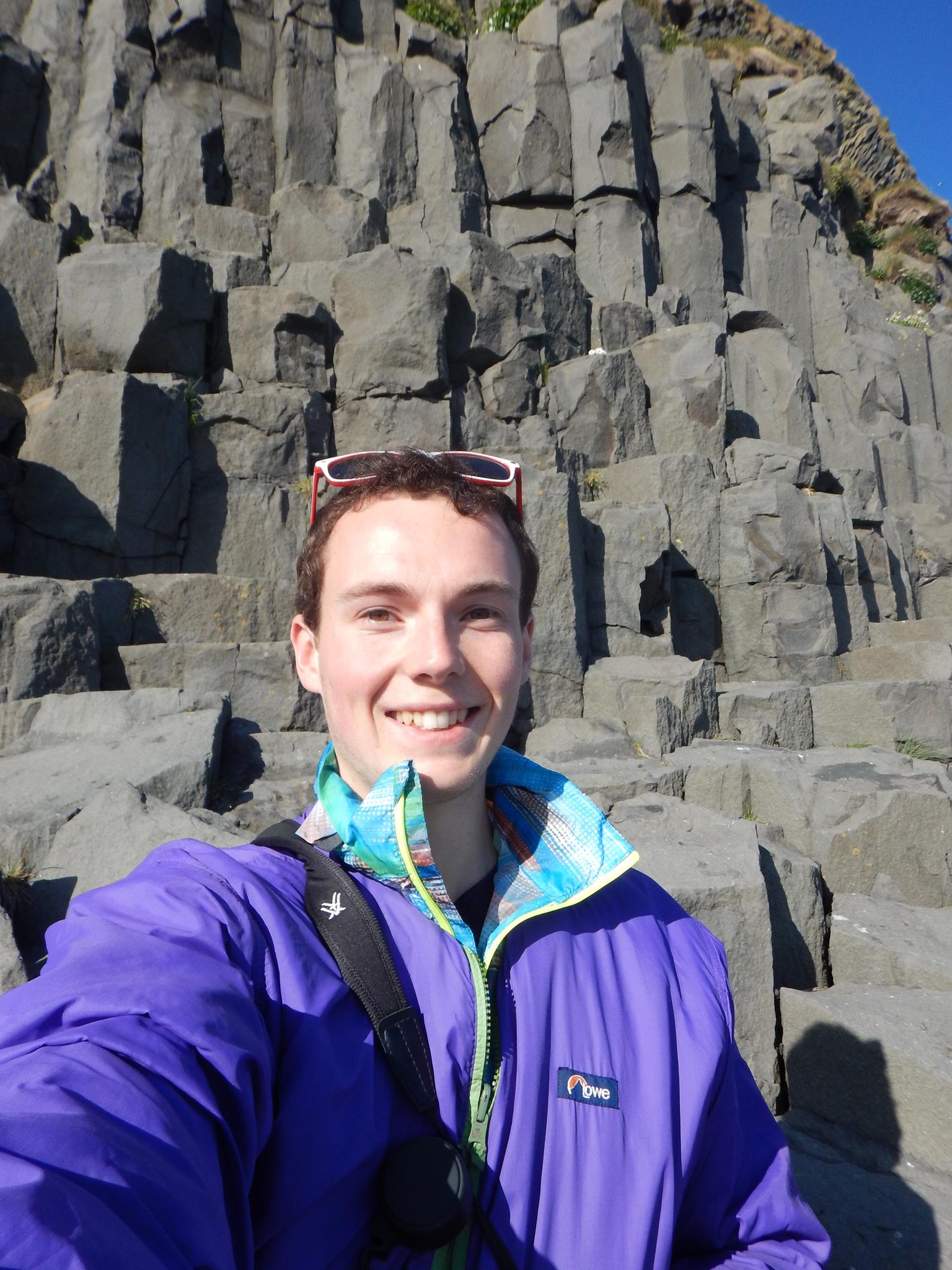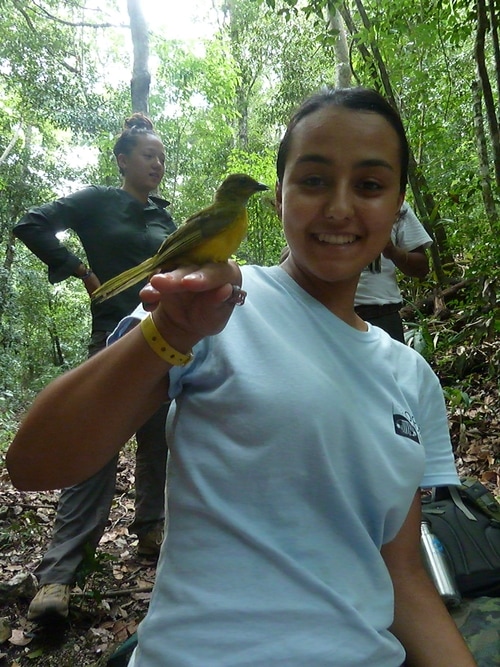Why Bananas?

A Fruit in Crisis
Bananas are the most popular fruit in the world. They are exported from Central and South America, often traveling across oceans in shipping containers, and end their journey in our grocery stores. Over half of bananas sold are blended, mashed and sliced into people’s breakfasts, and in the UK, the average person eats 12kg of bananas every year. In the US, that number is closer to 14kg.
But this global dependency on bananas is soon to be at risk...
The current variety of banana most commonly sold in the US and Europe is called the Cavendish banana, is coming under threat from several diseases. Tropical Race 4 (TR4), a fungal disease, is one of the pathogens endangering the Cavendish. The fungus grows in the roots and xylem (veins) of the plant, blocking the passage of water and nutrients, causing the slow starvation of the banana. It is impossible to treat TR4 with fungicides and soil fumigants, and has already eliminated bananas in southeast Asia.
Experts estimate that bananas as a commercial enterprise have only a decade of survival left.
We are connected to this problem, through our consumption and love of bananas. To keep bananas in our fruit bowls, our packed lunches and on our grocery shelves, we as consumers must advocate for new banana varieties and new banana products. If we do this right, we can demand products which also ensure our beloved tropical forests remain intact and thriving, through advocating for sustainable farming practice.
As a consumer though, finding information and connecting with the farming innovation happening in banana production can seem nearly impossible.
Our mission is to give you, the consumer, an idea of what banana production could look like if we follow this path of a better future for bananas, biodiversity, and people.
We will be travelling to Costa Rica and Nicaragua, Central American powerhouses for the production of bananas, to show you that this is already being done. By documenting agroforesters and farmers who are growing brand new, delicious banana varieties in amongst tropical forests, we can show the world that bananas can be farmed in a way that works with nature, and means that bananas can remain in our lives. During a time where food security and climate breakdown are serious concerns, surely bananas are the place to begin? If we can find a way to keep bananas on the table, even with all the challenges they are due to face, we can keep any food on the table.

Through storytelling and through building a community of people invested in the future of bananas, we want to give you the power to advocate to your grocery stores, and to other consumers alike, for a banana future we can all believe in.







